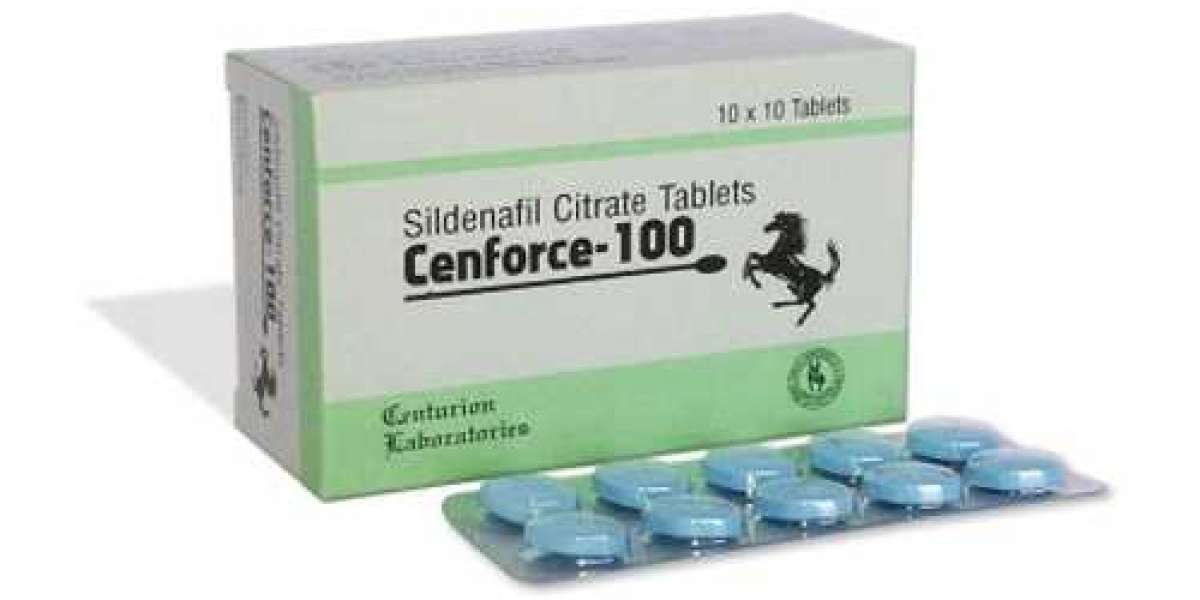Fluorouracil, also known as 5FU, was first synthesized in 1957 and it was found to have anticancer activity. It was first approved for clinical use in cancer chemotherapy in 1962 by the US Food and Drug Administration. 5FU is considered a generic drug and was one of the earliest anticancer drugs developed. Its discovery helped drive further research in chemotherapy drugs and targeted cancer therapeutics.
Mechanism of Action
5FU works by inhibiting thymidylate synthase, an important enzyme for DNA synthesis. By inhibiting this enzyme, 5FU interferes with the production of the nucleotide thymidine, which is essential for DNA synthesis. As a result, the drug causes the RNA and DNA precursors to be substituted for one another. This disrupts the structure and functioning of DNA and RNA, thereby preventing cancer cells from reproducing and proliferating. While 5FU inhibits all actively dividing cells, cancer cells are particularly sensitive to thymidylate synthase inhibition due to their high proliferation rates.
Approved Cancer Indications
Fluorouracil (5FU) is most commonly used to treat colorectal cancer. It has been shown to improve outcomes when combined with other chemotherapy drugs like leucovorin for colon cancer and rectal cancer. Other common cancer types where 5FU is used include stomach cancer, breast cancer, head and neck cancers, pancreatic cancer and anal cancer. It may also be used together with radiation therapy to treat cancers like anal cancer and some liver cancers.
Route of Administration
5FU is administered either by intravenous infusion over a few hours or by intravenous injection. It can be given as a single drug or in combination with other chemotherapy drugs or radiation therapy depending on the cancer type and stage. The dosage and frequency of administration varies based on the treatment regimen but it is usually given in cycles of several weeks followed by breaks to allow healthy cells to recover.
Availability and Manufacturers
Due to its generic nature, 5FU is manufactured and distributed by numerous large pharmaceutical companies around the world. Its availability spans both branded and generic forms. Some major manufacturers distributing 5FU products globally include Teva Pharmaceuticals, Fresenius Kabi, Pfizer, Hikma Pharmaceuticals, Dr Reddy's, Sun Pharma and Mylan. It is commonly available as an injection solution under brand names like Efudex and Carac.
Market Size and Dynamics
The global fluorouracil drug industry was valued at over $180 million in 2020. Generic competition has led to lower prices but widespread use continues to drive steady market demand. Developed markets like the US and Europe account for the largest share currently due to higher diagnosis and treatment rates for targeted cancer types. However, Asia Pacific region is expected to witness higher growth rates over the next decade given improving access and rising cancer incidence in developing countries like India and China. Increasing collaborations between generic and biosimilar makers are also expanding the reach of 5FU to new patient populations globally.
Pipeline for Delivery Innovations
While 5FU remains a mainstay for certain cancer indications, ongoing research aims to reduce toxicity and improve delivery of the drug. Novel drug formulations like liposomes, polymeric nanoparticles and prodrugs are being evaluated for controlled or targeted delivery of 5FU. Investigational therapies include elacytarabine which combines 5FU with a lipid conjugate to enhance effectiveness in blood cancers. StemMedix and Valent BioSciences are also developing mesenchymal stem cell based 5FU carriers for safer administration. Such delivery innovations could help expand use cases, ease administration and gain market share versus already existing 5FU products worldwide.
Investment Outlook and Valuation
Given its established role in cancer care, 5FU continues to present steady investment returns through generic supply chains globally. However, newer delivery systems aiming to optimize 5FU could bring higher profit margins compared to existing commodity formulations. Companies developing targeted or improved versions may attract strategic partners and investment if successful in clinical studies. While 5FU itself is off-patent, related technologies like novel formulations maintain the possibility for market exclusivity and hence higher monetization potential. Overall, 5FU retains good commercial appeal balancing reliable demand and ongoing innovation avenues in cancer drug development field.
Fluorouracil remains an important building block in cancer chemotherapy since over 60 years. Despite availability of newer targeted therapies, 5FU continues to provide cost-effective treatment option for various common and hard-to-treat cancers. Ongoing formulations research aims at further improving its safety, efficacy and delivery potential worldwide.
Get more insights on Fluorouracil (5FU)



